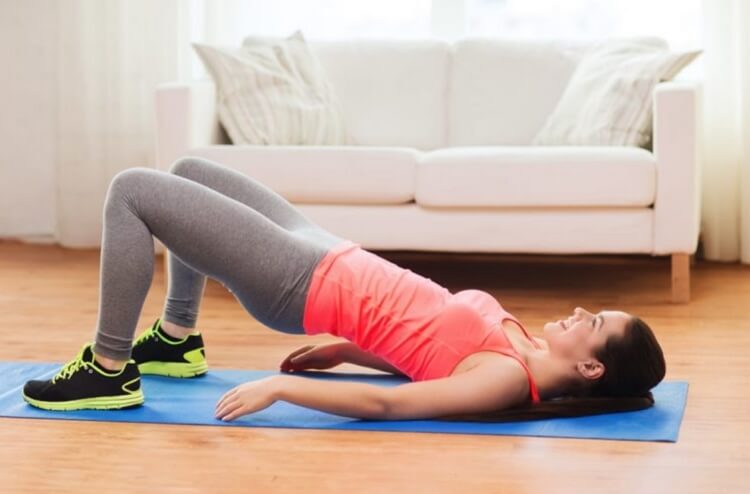
The core is about a whole lot more than your abdominal muscles. It includes all the musculature in the trunk or mid-section.
And maintaining stability in the core is one of the best things you can do for your spine. When your core region is strong, you’re less prone to injury, model better posture and enjoy a much more stable physicality, overall.
Your spine is supported by the muscles in the core. Their role is pivotal is maintain functionality and mobility in the spinal structures. That’s the importance of core stabilization exercises, so choosing not to do them is a very poor choice, indeed.
The inner abdominals, pelvic floor, hip muscles and glutes are the muscles of your core and it’s these muscles which make most of the movements you perform in your daily life possible.
When you maintain a stable core, you’re stronger, healthier and more resistant to back pain, from the cervical to the lumbar spine. Let’s take a closer look at the core and how you can help it do its job more effectively, with core stabilization exercises.
A Good Place to Start
If you’re looking to support your back with core stabilization exercises, then you’ve come to the right place. Here are some of my favorites. These are time-effective, excellent exercises for core stabilization which contribute to your overall health and strength.
1. Plank
This is one of the most incredibly effective exercises in existence. Working the core, shoulders and legs, it’s an overall exercise which takes a maximum of 2 minutes of your day to do.
Of course, you’re not going to pull off a 2-minute plank the first time you try. You’ll work up to it, though, paying close attention to your form, as you build strength.
Lying face down, rest your weight on your forearms, coming up on your curled toes. Your shoulders should be directly over your elbows. Your body should be in a straight line from the shoulders to the heels. Prevent your hips from pushing up or dipping down by engaging your abdominal and gluteus muscles.
To begin with, try a count of 20, paying special attention to form. Add 10 seconds to your plank every 4th day, until you reach 2 minutes.
2. Bridge
The bridge is another highly effective exercise for people looking to stabilize their cores. That’s why it’s prescribed after total hip replacement – to strengthen patients as they recover.
Lie on your back with your knees bent and your feet flat. Lift your hips toward the ceiling, keeping your body in a straight line from the shoulders to the knees. Again, you achieve this by engaging your abdominals and core.
Hold for a count of 5 to begin, building up to 10. Until you’re stronger, do 10 reps, building up to 15 and then, 20.
Back & Body Medical is Manhattan’s award-winning pain relief clinic. We’re a team of clinicians practicing chiropractic, sports medicine, physical therapy and acupuncture.
Contact us for leading edge pain relief that gets you back in the game.














